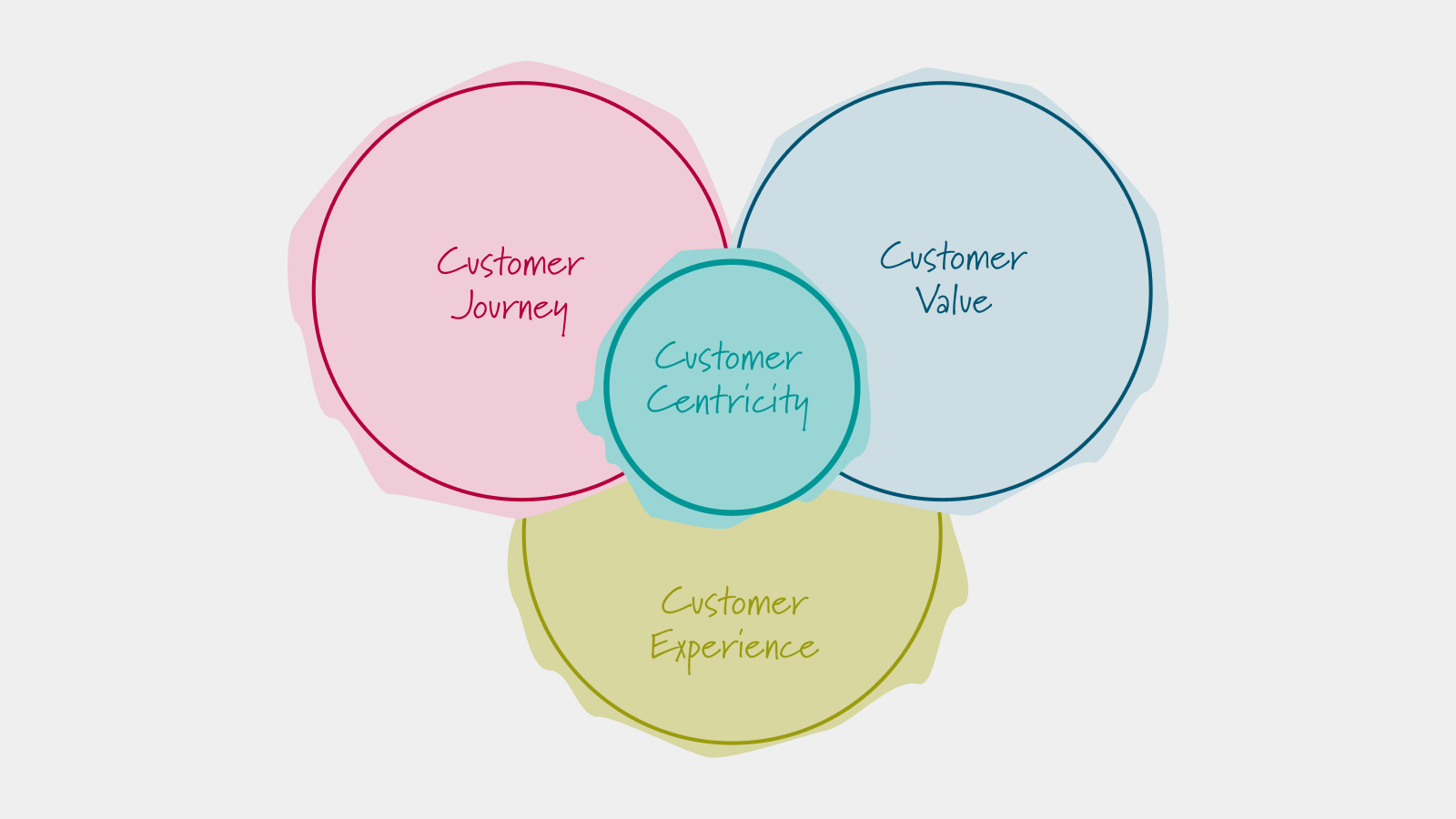
Business Prototyping Building Blocks
An overview of the building blocks that make up the business prototyping methodology

Oliver Grasl
28.2.2017
An explanation of building blocks that make up the business prototyping methodology and their overview in video series
In my last posts on Prototyping Business Models And Market Strategies I have been using the term methodology quite a bit but what exactly do I mean by that?
Which building blocks does our methodology consist of?
I have illustrated them in the diagram below:

At the foundation, you will find the business transformation principles. These are key principles that in our experience should always be observed, regardless of which process, tools and techniques you may use – if you pick the only thing from this methodology, it should be this set of principles.
Examples of such principles are “Do not lose sight of the Big Picture Principle”, “Work in short, fast iterations” and “Be open for dialogue”.
The next building block is the set of business prototyping processes: an engineering process at the more abstract, transformational level and then, getting more and more concrete and operative, a decision-making process, a prototyping process and a diagramming process.
The processes ensure that the right people, the right roles perform the right activities and lead to the right outcomes.
Initially, especially when you are learning business prototyping, these processes are not quite so important because you will be focusing more on the tools and techniques you need to diagram and prototype; but later on, especially when you are managing larger business prototyping or even business transformation projects, you will need sound processes to ensure that you do not get overwhelmed by complexity.
The most important methodological building block for “hands-on” prototyping is the tools and techniques. You while learn to prototype using quite a number of different tools and techniques, depending on whether you are prototyping a strategy, new business ideas and business models, an organization or your IT landscape.
Examples of such techniques are Causal Loop Diagramming, Stock and Flow Modeling and Process Maps using tools such as Stella from isee systems or Enterprise Architect from Sparx Systems.
To help you use these tools and techniques effectively, we are going to provide you with two things: a set of guidelines that will illustrate how to apply the methodology in concrete settings and a set of blueprints and patterns which you can use to kick-start your own business prototyping efforts.
Last but not least, we will illustrate how business prototyping is applied to real-world situations using some worked examples and case studies.
Topics Covered in The Video Series
Now that we know which building blocks the business prototyping methodology consists of, let us take a closer look at the concrete topics covered in our video series – the first lessons are scheduled to go online in March.

It is actually a very large course containing many, many hours of videos – to make it more exciting, the course will not simply cover each topic in turn: we will start with some basic tools and techniques, but as soon as you have learned them we are going to go straight to the case studies to see how these tools and techniques can be applied to prototyping a business. After that, everything will focus on the case studies and we will learn new tools and techniques as needed.
So, right now, we are in the middle of the introduction to business prototyping.
Once we have finished that, we are going to jump right into some business prototyping tools and techniques; the first technique we will look at is System Dynamics and we are going to be using the visual modeling environment Stella.
Once we have that under our belt, we will then start applying these techniques to prototyping the enterprise. We are going to first look at some generic blueprints and patterns of how to prototype business models before looking at applications in diverse markets in particular for any professional service firm, for companies in the mobility market, and in the energy industry.
Along the way, we will learn about the business prototyping processes and principles as necessary. In particular, initially, we will learn about diagramming and prototyping, the ultimate goal is to learn how business prototyping can help you manage the complexity of business transformation.
Once we have applied business prototyping to some concrete business models, we will take a look at the tools and techniques you need to prototype business processes, organizational structures and IT systems; in particular, we will take a look at BPMN, UML and the Enterprise Architect modeling environment.
Overview of The Next Lessons
The diagram below gives you a concrete overview of the next lessons, which will focus on Introduction to System Dynamics, in particular on Causal Loop Diagrams and on Stock And Flow Diagrams.

The key point here is that we will mix lessons on the prototyping techniques, tools, principles and processes right from the beginning.
Our objective here is twofold: to keep the course stimulating and interesting and also to provide you with the know-how you need to start applying business prototyping to your business as quickly as possible.
Workshops
Resources
All Rights Reserved.





